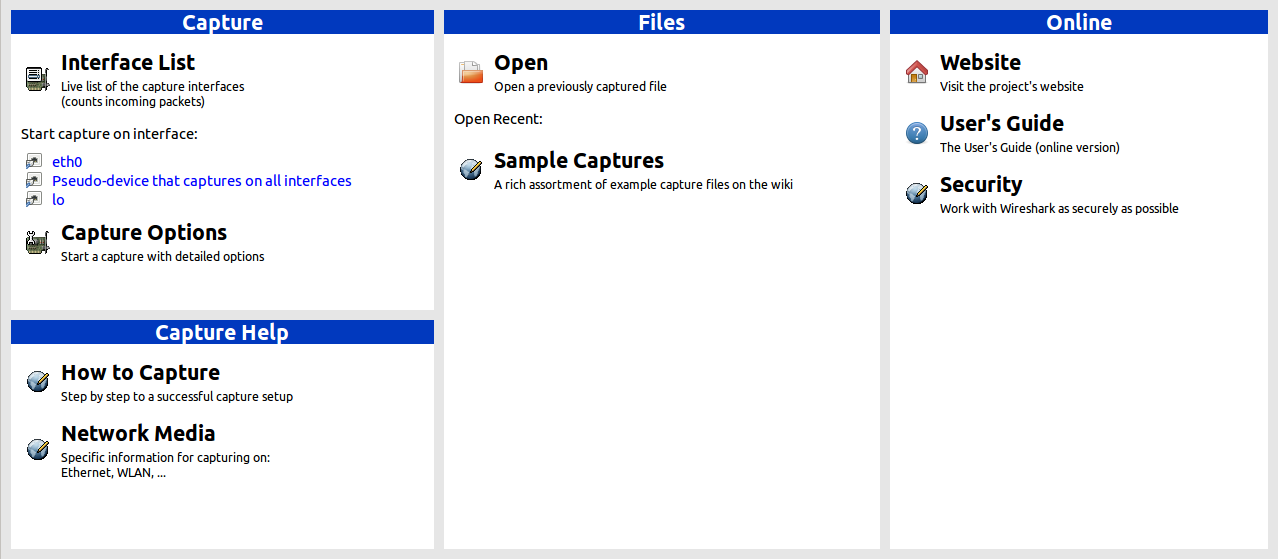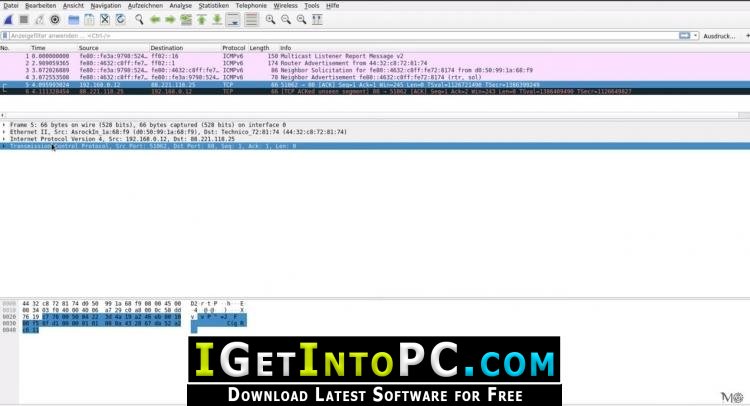
If you manually set the VLAN in the Driver > Advanced settings to match what you want, then it will start working on the virtual port, but stops working on the default vlan for the port.

Disabling the Packet Priority and VLAN makes no difference.You will probably find that you CAN talk to anything on the default vlan (PVID) for that port. Try to ping it (after you have ensured that pings are not blocked on the device’s firewall). Make sure you are connected to a switch with the port enabled for the VLAN Tag and there is another device on the network also on that VLAN. If you don’t have DHCP running on that VLAN then manually set the IP address. Then run the following command to create a virtual adapter on VLAN ID 100:Īdd-VMNetworkAdapter -ManagementOS -Name AdminNet -SwitchName VLANSwitch (The last setting is optional, you can set it to false if you want, it makes no difference to the issue) New-VMSwitch -Name VLANSwitch -NetAdapterName ‘USBEthernet’ -AllowManagementOS $true Run the following command in powershell to create a virtual switch: Test condition - clean install of Windows 10 Pro, install Hyper-V, plug in USB adapter and install latest driver, Make a note of the adapter name, e.g.As I said before, this works on another USB adapter, so the config is not the problem You install Hyper-V in order to configure VLAN’s on the native OS, this is widely documented on the internet The issue is ONLY in a native Windows environment, there are no virtual machines involved here at all.Thanks Andy, here’s the answers to the questions: Is there any way to configure the USB-E1000 to work with virtual adapters on different VLAN IDs? I replaced the adapter in use by the virtual switch with an old Anker USB3 adapter I have which uses a Realtek driver, and that instantly worked across all the virtual adapters, so I know the config is working as expected just not the USB3-E1000. It only seems to want to work with the same VLAN ID that is set in the adapter properties in device manager. This has always worked in the past on other adapters but doesn’t seem to be able to work on ASIX AX88179 based adapters (I have another from Startech and that displays the same symptoms).

When I do this on the the USB3-E1000, it fails to allow any vlan tagged traffic through. Set-VMNetworkAdapterVlan -ManagementOS -VMNetworkAdapterName AdminNet -Access -VlanID 100

Then I should be able to add multiple virtual adapters and configure each with a VLAN ID like this:Īdd-VMNetworkAdapter -ManagementOS -Name AdminNet -SwitchName “VMSwitch” So I bought myself a couple of the USB3-E1000 adapters and used the same approach to this as on my desktop, by installing Hyper-V and adding a virtual switch bound to an adapter. I recently switched to a new laptop instead of a desktop, but still needed to use it to manage multiple networks and VLANs.


 0 kommentar(er)
0 kommentar(er)
